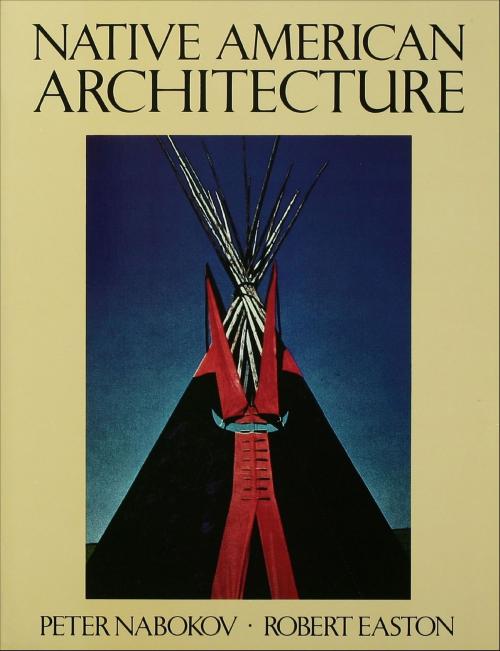Native American Architecture
Nonfiction, Art & Architecture, General Art, Art History, American, Architecture, History, Social & Cultural Studies, Social Science, Cultural Studies, Native American Studies| Author: | Peter Nabokov, Robert Easton | ISBN: | 9780199840519 |
| Publisher: | Oxford University Press | Publication: | October 25, 1990 |
| Imprint: | Oxford University Press | Language: | English |
| Author: | Peter Nabokov, Robert Easton |
| ISBN: | 9780199840519 |
| Publisher: | Oxford University Press |
| Publication: | October 25, 1990 |
| Imprint: | Oxford University Press |
| Language: | English |
For many people, Native American architecture calls to mind the wigwam, tipi, iglu, and pueblo. Yet the richly diverse building traditions of Native Americans encompass much more, including specific structures for sleeping, working, worshipping, meditating, playing, dancing, lounging, giving birth, decision-making, cleansing, storing and preparing food, caring for animals, and honoring the dead. In effect, the architecture covers all facets of Indian life. The collaboration between an architect and an anthropologist, Native American Architecture presents the first book-length, fully illustrated exploration of North American Indian architecture to appear in over a century. Peter Nabokov and Robert Easton together examine the building traditions of the major tribes in nine regional areas of the continent from the huge plank-house villages of the Northwest Coast to the moundbuilder towns and temples of the Southeast, to the Navajo hogans and adobe pueblos of the Southwest. Going beyond a traditional survey of buildings, the book offers a broad, clear view into the Native American world, revealing a new perspective on the interaction between their buildings and culture. Looking at Native American architecture as more than buildings, villages, and camps, Nabokov and Easton also focus on their use of space, their environment, their social mores, and their religious beliefs. Each chapter concludes with an account of traditional Indian building practices undergoing a revival or in danger today. The volume also includes a wealth of historical photographs and drawings (including sixteen pages of color illustrations), architectural renderings, and specially prepared interpretive diagrams which decode the sacred cosmology of the principal house types.
For many people, Native American architecture calls to mind the wigwam, tipi, iglu, and pueblo. Yet the richly diverse building traditions of Native Americans encompass much more, including specific structures for sleeping, working, worshipping, meditating, playing, dancing, lounging, giving birth, decision-making, cleansing, storing and preparing food, caring for animals, and honoring the dead. In effect, the architecture covers all facets of Indian life. The collaboration between an architect and an anthropologist, Native American Architecture presents the first book-length, fully illustrated exploration of North American Indian architecture to appear in over a century. Peter Nabokov and Robert Easton together examine the building traditions of the major tribes in nine regional areas of the continent from the huge plank-house villages of the Northwest Coast to the moundbuilder towns and temples of the Southeast, to the Navajo hogans and adobe pueblos of the Southwest. Going beyond a traditional survey of buildings, the book offers a broad, clear view into the Native American world, revealing a new perspective on the interaction between their buildings and culture. Looking at Native American architecture as more than buildings, villages, and camps, Nabokov and Easton also focus on their use of space, their environment, their social mores, and their religious beliefs. Each chapter concludes with an account of traditional Indian building practices undergoing a revival or in danger today. The volume also includes a wealth of historical photographs and drawings (including sixteen pages of color illustrations), architectural renderings, and specially prepared interpretive diagrams which decode the sacred cosmology of the principal house types.















